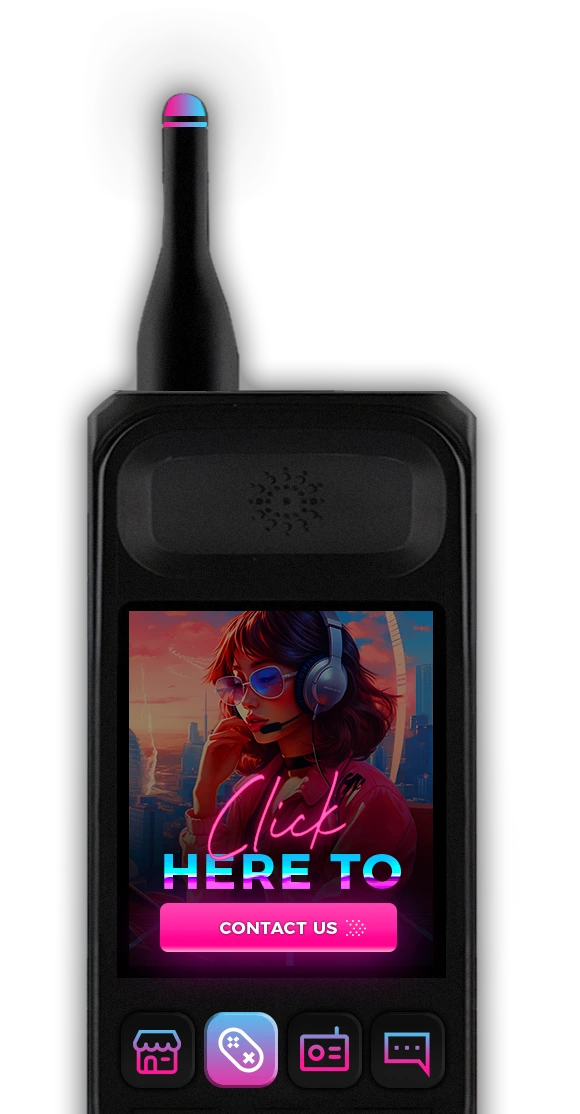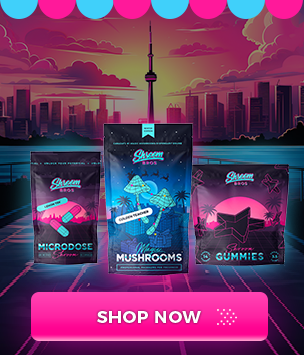In recent years, microdosing has emerged as a transformative practice in wellness, creativity, and mental health circles. Defined as the act of consuming sub-perceptual doses of psychedelic substances, microdosing has captured the attention of professionals, artists, and everyday individuals alike. Unlike a full psychedelic trip, microdosing involves small amounts of substances like psilocybin (found in magic mushrooms) or LSD, offering benefits such as increased focus, enhanced creativity, and emotional balance without intense hallucinogenic effects.
This guide aims to demystify microdosing by exploring its benefits, effective protocols, and the common mistakes to avoid. Whether you’re curious about its potential or ready to embark on your microdosing journey, this blog provides a comprehensive introduction to help you navigate the practice safely and effectively.
What Is Microdosing?
Definition of Microdosing
Microdosing is the practice of taking tiny amounts of a psychedelic substance—typically about 1/10th of a full dose. At this level, the user does not experience significant perceptual changes, but subtle shifts in mood, cognition, and energy can occur. The idea is to reap the therapeutic and cognitive benefits of psychedelics without the overwhelming effects of a full trip.
The most common substances used for microdosing are psilocybin and LSD. Psilocybin is derived from magic mushrooms, while LSD is a synthetic compound. Both substances interact with serotonin receptors in the brain, influencing mood, creativity, and mental clarity.
The Science Behind Microdosing
Microdosing works by stimulating the serotonin system, particularly the 5-HT2A receptor, which is associated with mood regulation and cognitive function. Studies suggest that low doses of psychedelics can promote neuroplasticity, the brain’s ability to form new neural connections. This effect may explain why microdosing is linked to improved problem-solving, emotional resilience, and creativity.
While large-scale scientific research on microdosing is still in its infancy, anecdotal evidence and preliminary studies point to its potential for enhancing well-being and productivity.
Why People Microdose
The motivations for microdosing vary widely. Some people use it to combat mental health challenges like depression and anxiety, while others seek to boost creativity, focus, or productivity. The appeal lies in its ability to offer these benefits without the side effects often associated with pharmaceutical drugs or other stimulants.
The Benefits of Microdosing
Mental Health Benefits
Microdosing is gaining recognition as a tool for managing mental health. Many users report reduced symptoms of depression and anxiety, attributing this to the way psychedelics encourage introspection and emotional processing. Unlike traditional antidepressants, which often take weeks to show results, microdosing can produce noticeable effects within days or even hours.
Additionally, microdosing can promote emotional regulation, helping users respond to stress more calmly and effectively. This makes it a popular choice for individuals seeking a natural alternative to pharmaceutical treatments.
Improved Focus and Productivity
One of the most widely reported benefits of microdosing is enhanced focus and productivity. Users often describe being able to enter a state of “flow,” where tasks feel effortless and engaging. This is particularly valuable for professionals, entrepreneurs, and students who rely on sustained concentration to achieve their goals.
Anecdotes from tech industry professionals, writers, and creatives suggest that microdosing can unlock new ways of thinking, leading to innovative problem-solving and sharper cognitive performance.
Creativity and Innovation
Creativity is another area where microdosing shines. Research indicates that psychedelics can enhance divergent thinking, a key component of creativity. Artists, musicians, and writers have turned to microdosing as a way to break through creative blocks and tap into new ideas.
For example, an artist might describe their microdosing experience as a shift in perspective, allowing them to see their work in a fresh light. This ability to foster creative breakthroughs has made microdosing particularly appealing in fields where innovation is highly valued.
Connection and Mindfulness
Microdosing is also celebrated for its ability to foster connection and mindfulness. Many users report feeling more present in their daily lives, with an increased appreciation for nature, relationships, and simple pleasures. Over time, these shifts can lead to greater life satisfaction and a deeper sense of purpose.
Microdosing Protocols: How to Get Started
Choosing the Right Substance
The first step in microdosing is selecting the right substance. Psilocybin and LSD are the most commonly used, but it’s crucial to ensure that the source is safe and reliable. Impurities or mislabeled substances can lead to unpredictable effects, so sourcing from a trusted supplier is essential.
Determining the Right Dose
A microdose is typically about 1/10th of a full dose, but the exact amount depends on the substance and individual sensitivity. For psilocybin, this usually ranges from 0.1 to 0.3 grams of dried mushrooms. For LSD, a typical microdose is 5 to 10 micrograms.
It’s important to start with a low dose and gradually increase if needed. The goal is to achieve sub-perceptual effects—meaning you should feel subtle shifts in mood or focus, but no strong visual or physical sensations.
Microdosing Schedules
There are several popular protocols for microdosing:
- Fadiman Protocol: Developed by Dr. James Fadiman, this involves microdosing one day, taking two days off, and repeating the cycle.
- Stamets Protocol: Created by mycologist Paul Stamets, this approach involves microdosing for five days, followed by two days off.
Both protocols emphasize the importance of taking breaks to avoid building a tolerance to the substance.
Preparation and Mindset
Approaching microdosing with intention is key to maximizing its benefits. This might involve setting goals for what you hope to achieve, such as improved focus or emotional balance. Journaling your experiences can also help you track changes over time and refine your approach.
Common Mistakes and How to Avoid Them
Taking Too Much
One of the most common mistakes is taking too high a dose, which can lead to unwanted effects like mild hallucinations or heightened anxiety. To avoid this, start with the lowest possible dose and increase gradually as needed.
Inconsistent Dosing
Consistency is crucial for microdosing to be effective. Skipping doses or altering your schedule can make it harder to gauge results. Using a calendar or app to track your protocol can help ensure you stay on track.
Unrealistic Expectations
Microdosing is not a magic cure-all. While many users report significant benefits, it’s important to set realistic goals and understand that the effects may be subtle and gradual. Viewing microdosing as one part of a larger wellness strategy can help align expectations.
Ignoring Set and Setting
Even with small doses, the environment and mindset can influence the effects of microdosing. Taking a moment to center yourself and create a calm, supportive space can enhance your experience.
Poor Sourcing or Substance Purity
Using impure or mislabeled substances is a significant risk. Testing kits are available to verify the identity and purity of substances, and working with a trusted supplier is essential for safety.
Who Should and Shouldn’t Microdose?
Ideal Candidates for Microdosing
Microdosing may be beneficial for individuals seeking enhanced focus, creativity, or emotional well-being. It’s particularly appealing to those looking for a natural alternative to traditional medications or stimulants.
Who Should Avoid Microdosing
Microdosing is not suitable for everyone. Individuals with a history of psychosis, schizophrenia, or certain mood disorders should avoid psychedelics due to potential risks. Additionally, people taking medications that interact with serotonin should consult a healthcare provider before microdosing.
Consulting Professionals
If you’re unsure whether microdosing is right for you, seeking guidance from a healthcare provider or microdosing coach can provide clarity and support.
The Future of Microdosing
Increasing Interest and Research
As public interest in microdosing grows, so does scientific research. Studies are beginning to uncover its potential for treating mental health conditions and enhancing cognitive performance.
Potential for Therapeutic Use
Microdosing may play a role in future therapies for conditions like depression, PTSD, and anxiety. Its ability to promote neuroplasticity and emotional healing makes it a promising area for further exploration.
Cultural Shifts and Acceptance
As microdosing becomes more mainstream, it’s reshaping cultural attitudes toward psychedelics. Advocates are helping to normalize the practice, highlighting its potential as a tool for personal growth and wellness.
Conclusion
Microdosing represents an exciting frontier in wellness and personal development. By offering benefits such as enhanced focus, creativity, and emotional balance, it has become a powerful tool for individuals seeking to optimize their lives. However, achieving these results requires careful attention to protocols and an awareness of potential pitfalls.
With an intentional approach, microdosing can open the door to new perspectives and possibilities. As research continues to shed light on its effects, this practice has the potential to transform how we approach mental health, productivity, and self-discovery.
Buy The Best Microdose Magic Mushrooms Online in Canada (19+)












